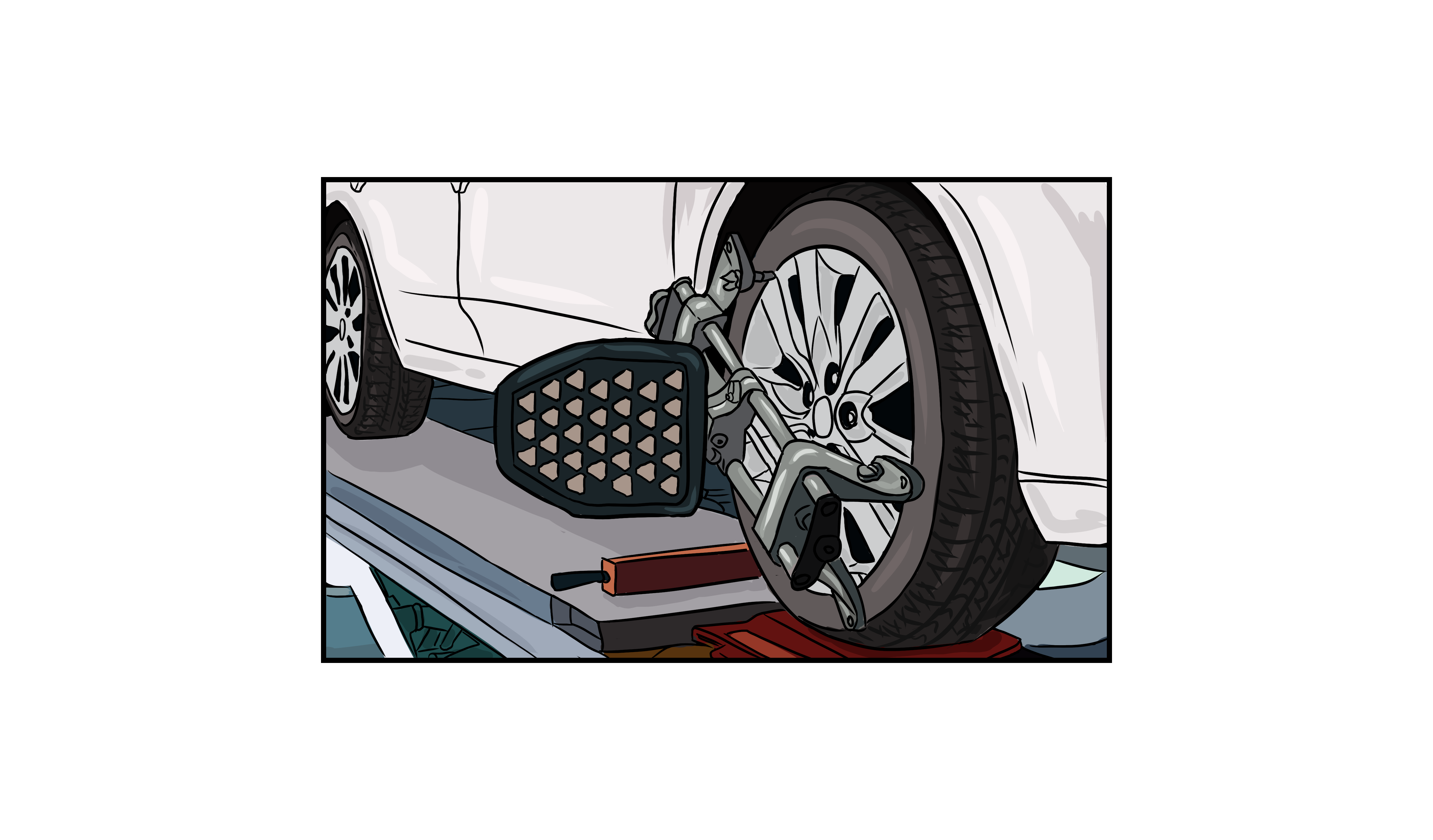biomedtechguy
Accelerati Rapidus Maximus
- Local time
- 1:46 PM
- Joined
- Mar 28, 2014
- Messages
- 35,871
- Reaction score
- 59,530
- Location
- South Louisiana
I had a lot of systems and parts replaced on my Roadrunner about 2½ years ago, and I had the all new front suspension aligned at a shop close to the shop that did the work on so many different things on my car.
About a year and a half ago, I noticed the car was "train tracking", following the depressions in the road parallel to the direction of travel.
There's an "old guy" (Mr. Jerry) who owns and works at a suspension and general mechanics shop near my house who is very conscientious about the quality of his work, and he knows "old school" MOPAR suspension alignment. I have brought my car to him since I've had it, about 9 years now, and I am happy with his work.
He's been short on help, so it takes time to get an appointment, but Thursday is my appointment.
I have QA1 everything, including the tubular K-member, and the only exception is the SPC UCAs, because they have so much adjustability, the lack of which was a complaint I had heard referring to the factory design UCAs and "cam key".
I'm also going to have him look at everything on the front suspension as a safety check, and see what is involved in connecting my parking brake to the rear disc brakes. The cables are run, but I think I needed to pick up my car for Cruisin the Coast and the rear parking brakes weren't connected.
I'm hoping that this alignment, now that all of the new parts and work I had done a couple of years ago have been able to "relax" will last for some time.
The train tracking had gotten so bad it wasn't really safe to drive my car.
Have any of you had this issue, and what adjustments were made (caster, camber, toe in/out) to fix it?
About a year and a half ago, I noticed the car was "train tracking", following the depressions in the road parallel to the direction of travel.
There's an "old guy" (Mr. Jerry) who owns and works at a suspension and general mechanics shop near my house who is very conscientious about the quality of his work, and he knows "old school" MOPAR suspension alignment. I have brought my car to him since I've had it, about 9 years now, and I am happy with his work.
He's been short on help, so it takes time to get an appointment, but Thursday is my appointment.
I have QA1 everything, including the tubular K-member, and the only exception is the SPC UCAs, because they have so much adjustability, the lack of which was a complaint I had heard referring to the factory design UCAs and "cam key".
I'm also going to have him look at everything on the front suspension as a safety check, and see what is involved in connecting my parking brake to the rear disc brakes. The cables are run, but I think I needed to pick up my car for Cruisin the Coast and the rear parking brakes weren't connected.
I'm hoping that this alignment, now that all of the new parts and work I had done a couple of years ago have been able to "relax" will last for some time.
The train tracking had gotten so bad it wasn't really safe to drive my car.
Have any of you had this issue, and what adjustments were made (caster, camber, toe in/out) to fix it?
Last edited:
















